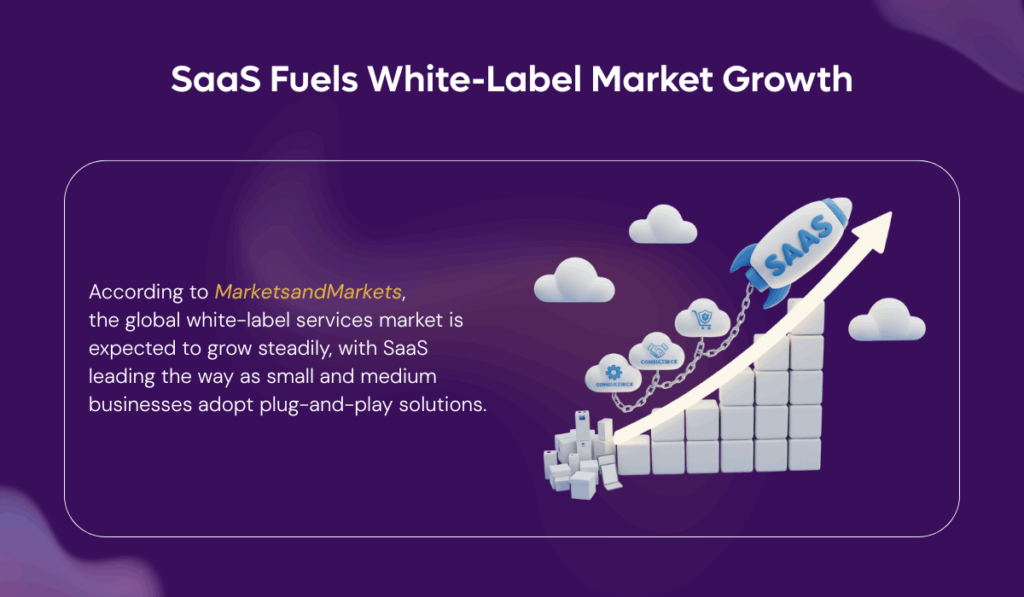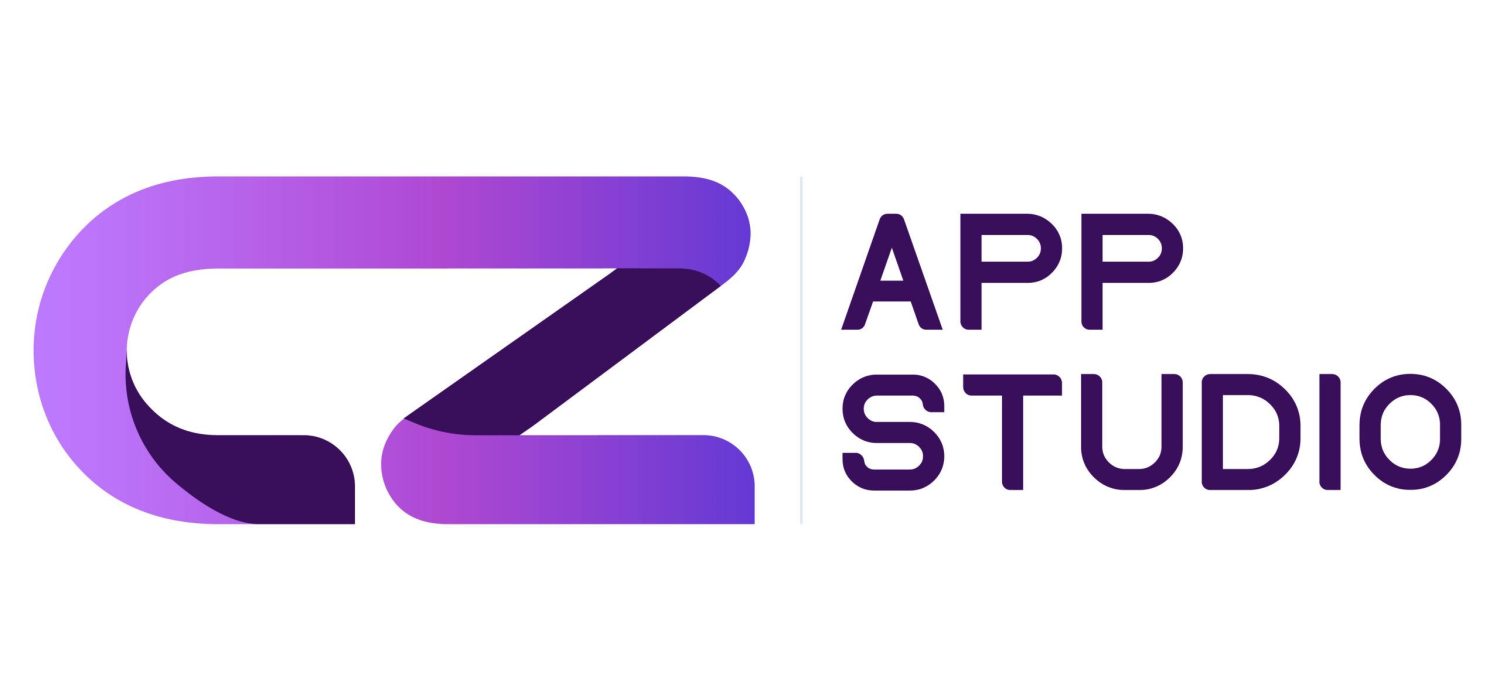Why White-Labeling is the Smartest Growth Hack for SaaS Companies in 2025

When you hear the word “scaling,” the first thing that comes to mind is usually more people, more tools, more costs. But what if you could expand your service portfolio, attract new customers, and increase your revenue without hiring a single developer? That’s where white-labeling steps in.
What is White-Labeling in SaaS?
In simple terms, white-labeling is when a software company builds a product and allows other businesses to rebrand it as their own. For example, think of Shopify’s partner stores or Reseller hosting plans; you’re using the same backbone, but with your branding, your pricing, and your customers.
This model works especially well in the SaaS industry where development costs are high, and time-to-market is critical.
Why Businesses Choose White-Labeling
Here are the main reasons companies are jumping into white-labeling instead of building everything from scratch:
- Faster Go-to-Market: You can launch in weeks instead of years.
- Lower Development Costs: Skip the coding team and maintenance headache.
- Brand Expansion: Offer more solutions under your name and keep customers within your ecosystem.
- Revenue Growth: Add new income streams by reselling proven solutions.

Real-World Example: Payment Gateways
Think about payment gateways. Many banks or fintech startups don’t build their own infrastructure from scratch. Instead, they white-label solutions from providers like Stripe or Razorpay. To the end customer, it looks like a smooth, branded experience from the bank but behind the scenes, the technology is white-labeled.
This gives smaller businesses the chance to compete with industry giants, without needing millions in development investment.
How White-Labeling Expands Your Services

White-labeling opens doors to expand into areas you never thought possible. For example:
- Marketing Agencies can start offering CRM or automation tools under their own brand.
- HR Consultancies can bundle HRMS or payroll solutions with their services.
- IT Service Providers can launch their own SaaS suite without a single developer.
Instead of saying “sorry, we don’t offer that,” you can say, “Yes, we have a solution for you.” This instantly strengthens your market position.
Challenges You Should Keep in Mind
Of course, it’s not all sunshine and revenue graphs. White-labeling comes with its own set of challenges:

- Dependency on Vendor: Your success relies heavily on the provider’s stability and updates.
- Limited Customization: While branding is yours, the core features usually aren’t flexible.
- Support Handling: Customers expect you to solve problems even if you don’t control the backend.
But if you choose the right partner, these challenges are manageable. The upside far outweighs the risks.
White-Labeling as a 2025 Growth Strategy
The SaaS market is saturated, and building new products from scratch is expensive. White-labeling flips the script, it allows you to focus on branding, sales, and customer success while the development heavy-lifting is handled elsewhere.
It’s not just a shortcut. It’s a growth hack that businesses of all sizes from agencies to enterprises, are now using to scale faster.
Final Thoughts
If your business goal is to expand your service offering and boost revenue without the overhead of development teams, white-labeling should be at the top of your strategy list. It’s the smarter, faster, and more profitable way to grow in today’s competitive SaaS ecosystem.
- Hidden Per-User Costs That Companies Ignore When Scaling
 As a business grows, software slowly becomes one of the… Read more: Hidden Per-User Costs That Companies Ignore When Scaling
As a business grows, software slowly becomes one of the… Read more: Hidden Per-User Costs That Companies Ignore When Scaling - What Digital Transformation Really Means for SMEs
 Digital transformation for SMEs is not about big IT changes.Instead,… Read more: What Digital Transformation Really Means for SMEs
Digital transformation for SMEs is not about big IT changes.Instead,… Read more: What Digital Transformation Really Means for SMEs - Field Staff Tracking for Small Businesses
 Managing field employees is one of the toughest parts of… Read more: Field Staff Tracking for Small Businesses
Managing field employees is one of the toughest parts of… Read more: Field Staff Tracking for Small Businesses - 2025: Why Lightweight Frameworks are the New Mandatory Engine of the Web
 Remember the early web, where every page felt clunky, especially… Read more: 2025: Why Lightweight Frameworks are the New Mandatory Engine of the Web
Remember the early web, where every page felt clunky, especially… Read more: 2025: Why Lightweight Frameworks are the New Mandatory Engine of the Web - Beyond Code: Why the Future of Technology Depends on Empathy
 Discover why empathy is becoming the most valuable factor in… Read more: Beyond Code: Why the Future of Technology Depends on Empathy
Discover why empathy is becoming the most valuable factor in… Read more: Beyond Code: Why the Future of Technology Depends on Empathy
